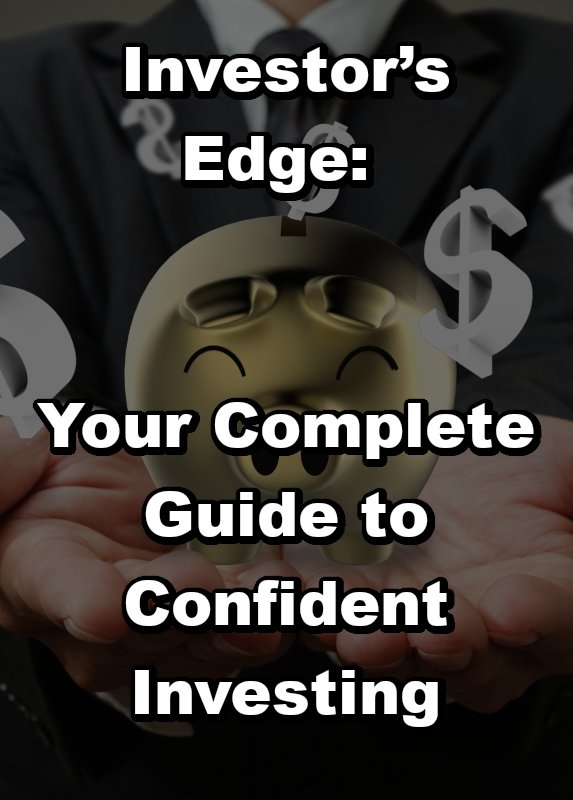What Are Mutual Funds? (And How They Work)
Mutual funds are a type of investment where your money is pooled with other investors’ money to buy a diversified portfolio of stocks, bonds, or other assets. They’re a great starting point for beginners because they’re managed by professionals and spread risk across many investments. Here’s the basics:
How They Work: A mutual fund is managed by a professional fund manager who invests the pooled money in a mix of assets based on the fund’s goals—like growth, income, or stability. When you invest, you buy shares of the fund, and your returns depend on how the underlying assets perform.
Types of Mutual Funds:
Equity Funds: Invest in stocks for growth (higher risk, higher potential return).
Bond Funds: Invest in bonds for income and stability (lower risk, lower return).
Index Funds: Track a market index like the S&P 500 (low cost, passive management).
Balanced Funds: Mix stocks and bonds for a middle-ground approach.
Costs and Fees: Mutual funds charge fees, like an expense ratio (e.g., 0.5% per year), which covers management costs. Some also have sales fees (loads)—look for no-load funds to save money.
Benefits: They offer instant diversification, professional management, and accessibility—you can start with as little as $100 in many funds.
Risks: Returns aren’t guaranteed, and fees can eat into your gains. Always check the fund’s performance history and fees before investing.
Mutual funds are a great way to dip your toes into investing without needing to be a stock-picking expert—just make sure to choose funds that match your goals and risk tolerance.
Real-Life Mutual Fund Investing: From $100 to $1M
Let’s see how two people—one just starting out, another with a larger budget—used mutual funds to grow their money.
Sam’s Story ($100 to Start): Sam, a 27-year-old barista earning $2,000 a month, wanted to start investing but didn’t know where to begin. He invested $100 in a no-load S&P 500 index fund with a 0.04% expense ratio. He set up an automatic investment of $50 a month. After 2 years, his $1,300 in contributions grew to $1,450 at a 7% annual return—a simple, low-risk start to investing.
Olivia’s Story ($1M Net Worth): Olivia, a 49-year-old marketing director with a $1M net worth, wanted to diversify her $300,000 portfolio. She invested $50,000 in a balanced mutual fund (60% stocks, 40% bonds) with a 0.5% expense ratio, aiming for steady growth. She also put $25,000 in a bond fund for stability. Over 3 years, her $75,000 grew to $87,000 at a 5% average return, adding balance to her portfolio.
Sam and Olivia show that mutual funds are a versatile option for any investor—it’s all about finding the right fund for your goals!
Your Turn: Start with Mutual Funds in 5 Steps
Ready to explore mutual funds as a beginner? Here’s a simple 5-step plan to get started—I’ll keep it easy:
Define Your Goals: Decide if you’re investing for growth (equity funds), income (bond funds), or balance (balanced funds).
Research Low-Cost Funds: Look for no-load funds with low expense ratios (under 0.5%)—check platforms like Vanguard or Fidelity.
Open an Investment Account: Use a brokerage like Vanguard, Fidelity, or a robo-advisor to buy mutual fund shares.
Start with a Small Investment: Begin with $100-$500 in a fund that matches your goals, like an S&P 500 index fund.
Set Up Automatic Investments: Automate $25-$50 a month to keep investing consistently and build your portfolio over time.
Let’s Test What You’ve Learned!
Here are a couple of quick questions to make sure you’re ready to start with mutual funds:
What’s a benefit of mutual funds?
A) They guarantee high returns
B) They offer instant diversification
C) They have no feesWhat’s a good first step to investing in mutual funds?
A) Define your investment goals
B) Invest all your money in one fund
C) Ignore the fees
Answers: 1) B, 2) A. Drop your answers in the comments—I’d love to hear how you did! And if you’ve got questions about mutual funds, let’s chat there too.
Ready to start investing? I’ve put together a free Investing Starter Checklist to guide you through the process—it’s the same one I used to begin my own investing journey. Grab it below, and let’s get you growing your money!
Download My Free Investing Starter Checklist
Want to dive deeper? My Premium Investor’s Guide offers advanced strategies, fund selection tips, and insights to help you invest smarter—no matter your experience level.
Get the Premium Investor’s Guide
© 2025 Ray Cole Financial. All rights reserved. For educational purposes only—not financial advice.







